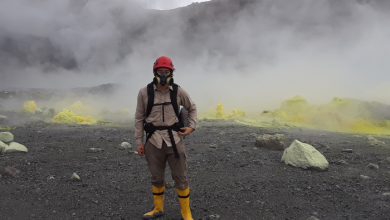Mammal diversity promoted through protected areas
Researchers have shown through a study involving data from thousands of cameras that protected areas are indeed working when it coming to wildlife conservation and that these areas promote mammal diversity.
The University of British Columbia study involved analysis of data from a global data set drawing from 8,671 camera trap stations spanning four continents. Researchers found more mammal diversity in survey areas where habitat had a protected designation—compared to forests and other wilderness areas that lacked that designation. This was true even when these protected areas experienced human disturbances such as recreational use and logging.
This is the largest number of wildlife cameras ever analyzed in a single study, notes first author Cheng Chen (he/him), a forestry PhD student who relied on two international wildlife camera databases for his analysis.
“By drawing on such a wide dataset, we were able to synthesize 91 camera trap surveys from 23 countries to come up with a global picture of the effect of protected areas on mammal diversity,” said Chen.
The study analyzed for the presence of a wide range of mammal species, from caribou in Canada to leopard cat in China. Protected areas are the final strongholds of many endangered mammals, notes Burton, adding that mammals are a particularly challenging group to protect because they require large areas for habitat, and so tend to come into conflict with people.
Growth of protected areas is eminent if we wish to keep larger mammals around. In fact, under the Convention on Biological Diversity, the world is currently discussing new targets for how much of the earth’s surface should be covered by parks. We need to have better information to inform these policy discussions. Hopefully this study helps fill the gaps in our knowledge.



